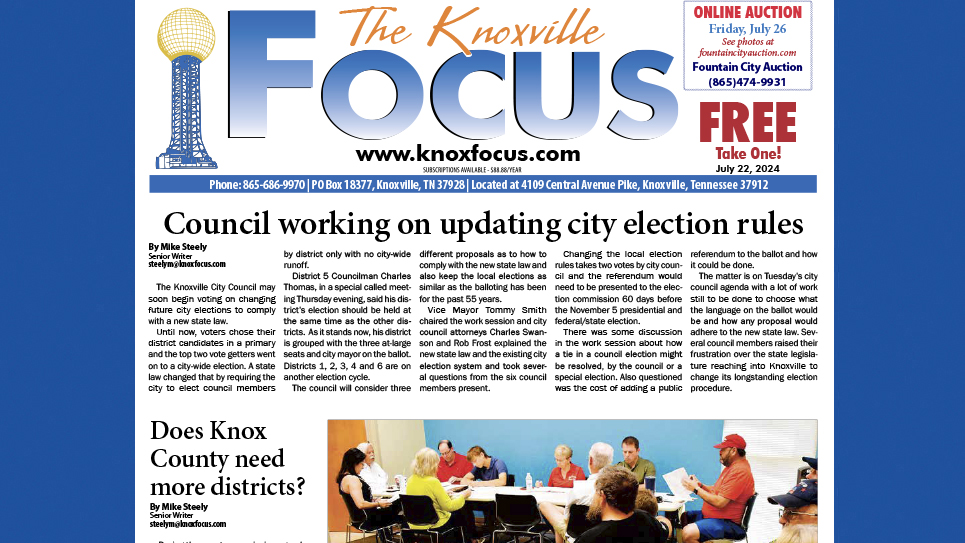By Ralphine Major
With a computer and a sharp mind, the lengthy e-mails to his grandson and nephew’s inquiries answered their questions about family. At the same time, he was describing life in the early 1900s with much clarity and detail. Informally titled “back when” by Woodrow Luttrell himself, the story continues.
In 1920, the family moved to Luttrell House on Washington Pike, using a farm wagon pulled by their horses, Molly and Prince. The house was built by, and then still owned by Woodrow’s Aunt Nena (Luttrell Tarver), Carl Luttrell’s oldest sister, and her husband, Jim Tarver. “A year or two later, Dad and Mom bought the house and 30-acre farm from them for $4,000,” Woodrow wrote. The Luttrell House was built on the same Gothic style as the Tarver House on Roberts Road and by the same carpenters, but the floor plan was in reverse. While the Tarver House eventually burned, Woodrow later bought and restored Luttrell House.
From my first contact with Woodrow, I have been amazed at the emphasis placed on Luttrell House. A beautiful sketch of it appeared on his personal stationery though it was no longer his home. Through all of the family’s many moves, the story always comes back to Luttrell House. It was obvious that even though Woodrow had long since moved away, Luttrell House still held a special place in his heart. Even his nephew, Roy Mullins, has fond memories of being at the Luttrell House with his cousins. His wife’s aunt, Mary Barlow, painted a beautiful watercolor of Luttrell House for them. Preserving the memory of a house—in sketch, watercolor, or pictures—is still keeping a family connected over distance and years!
(To be continued)






